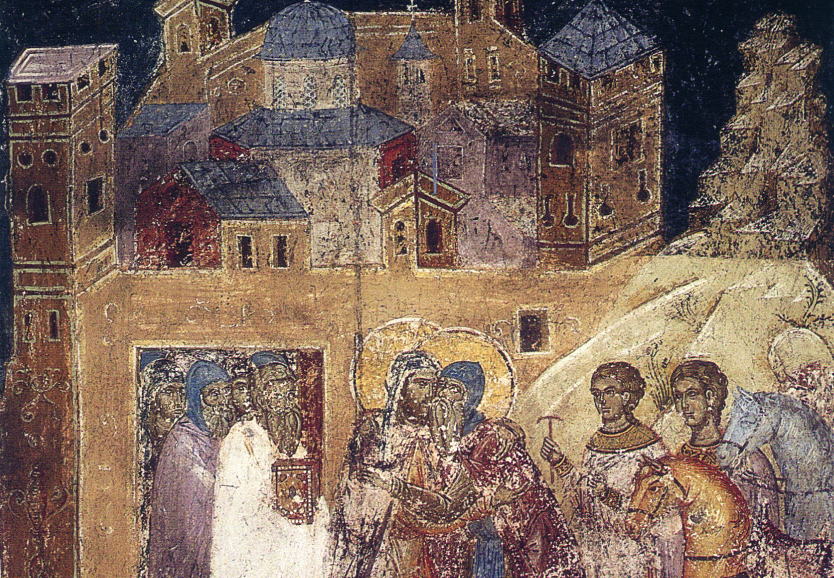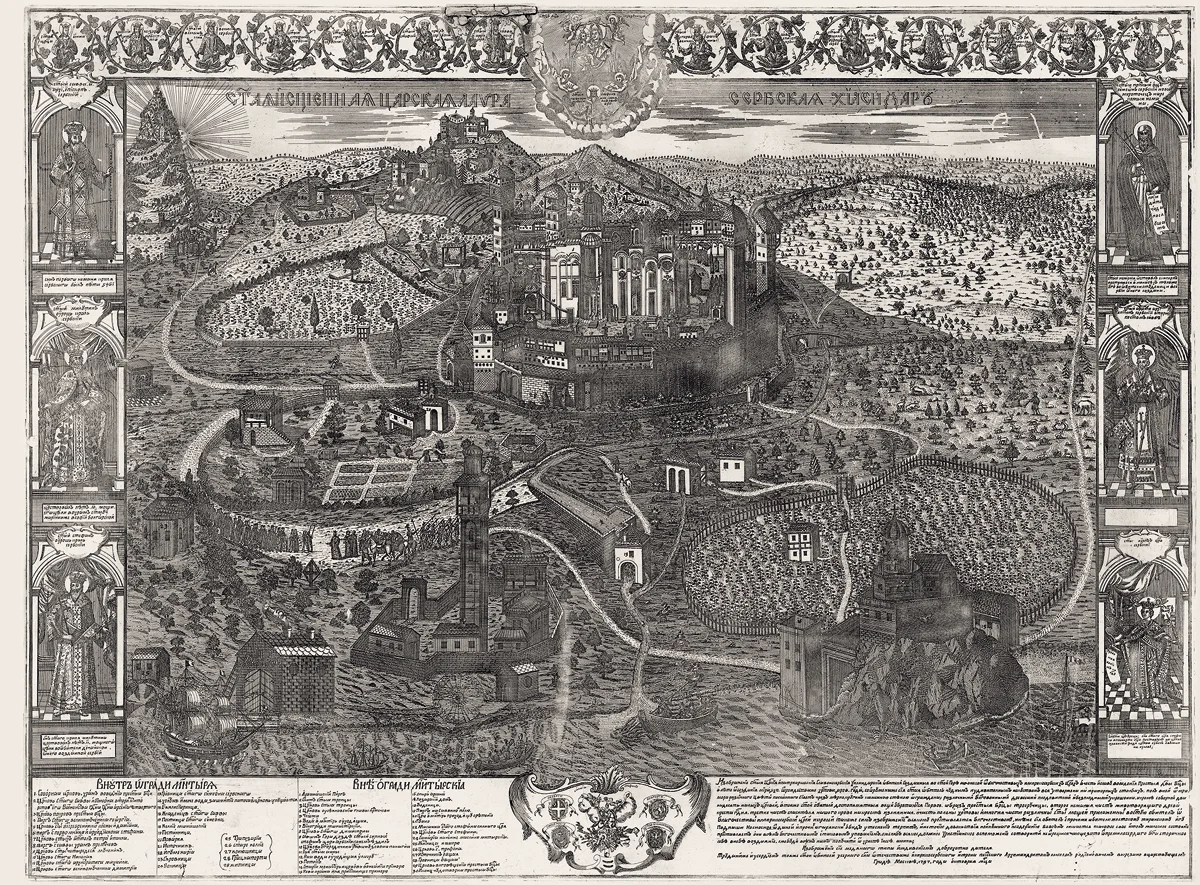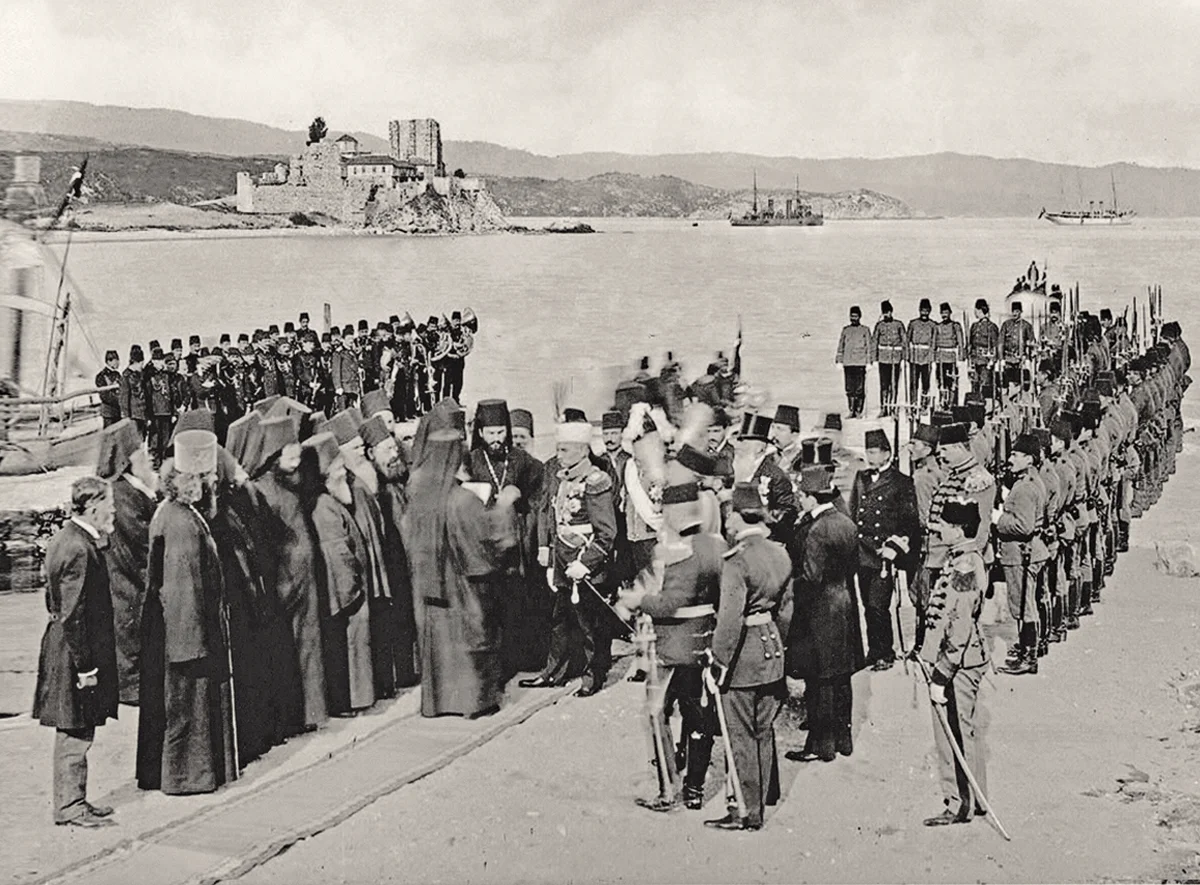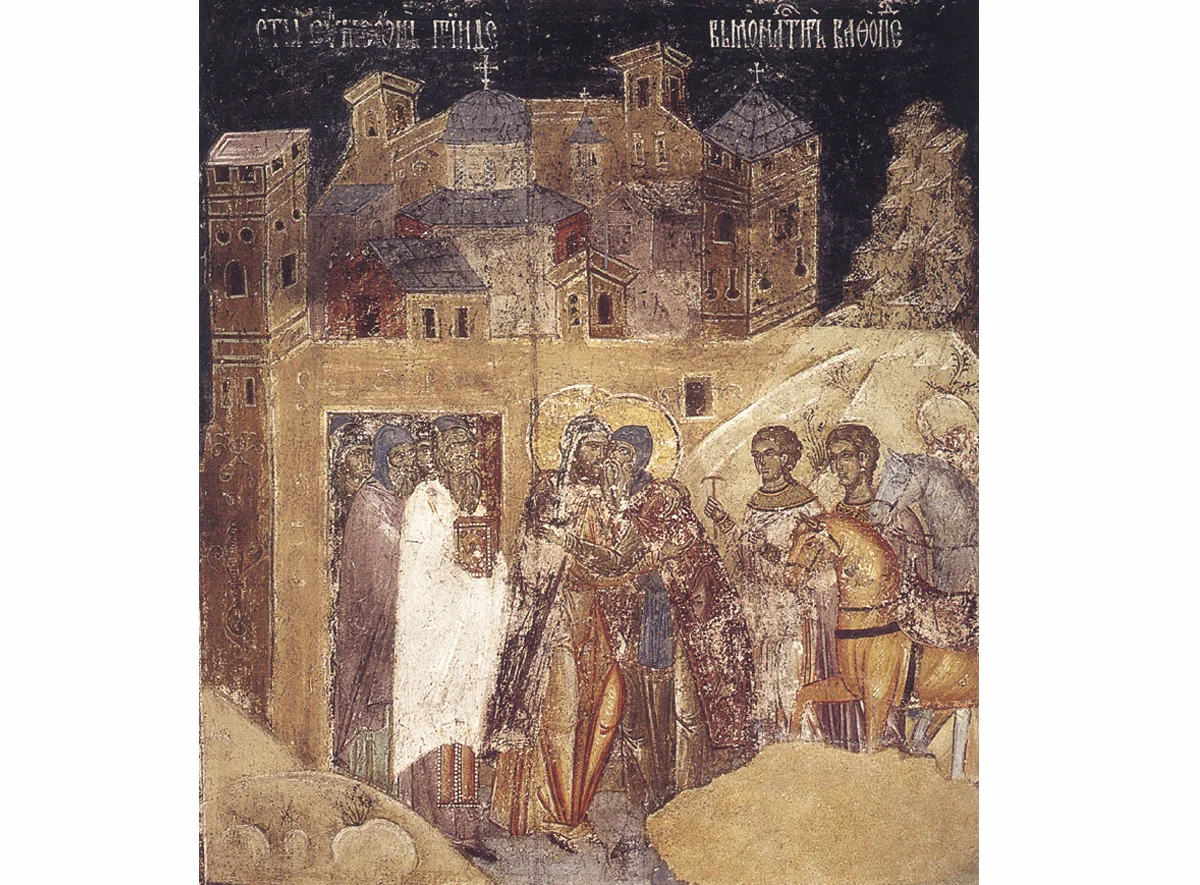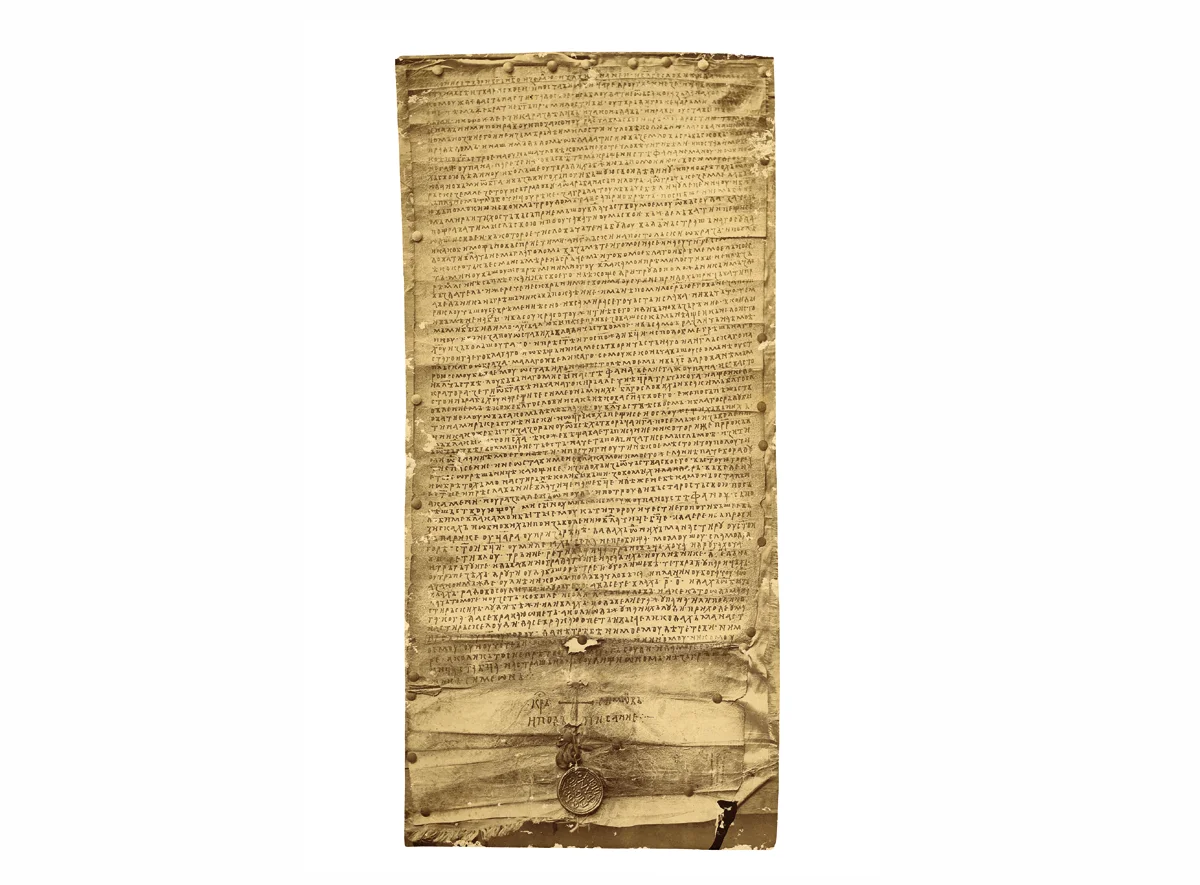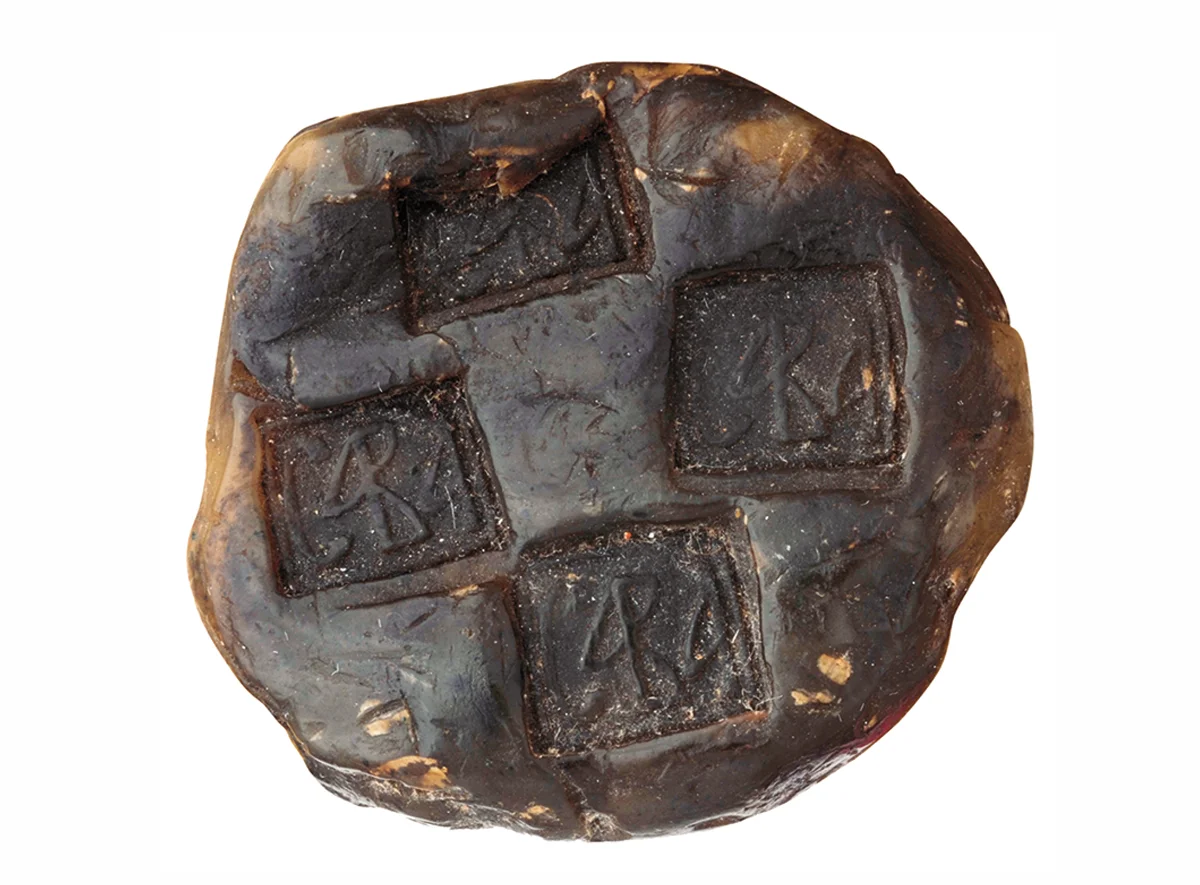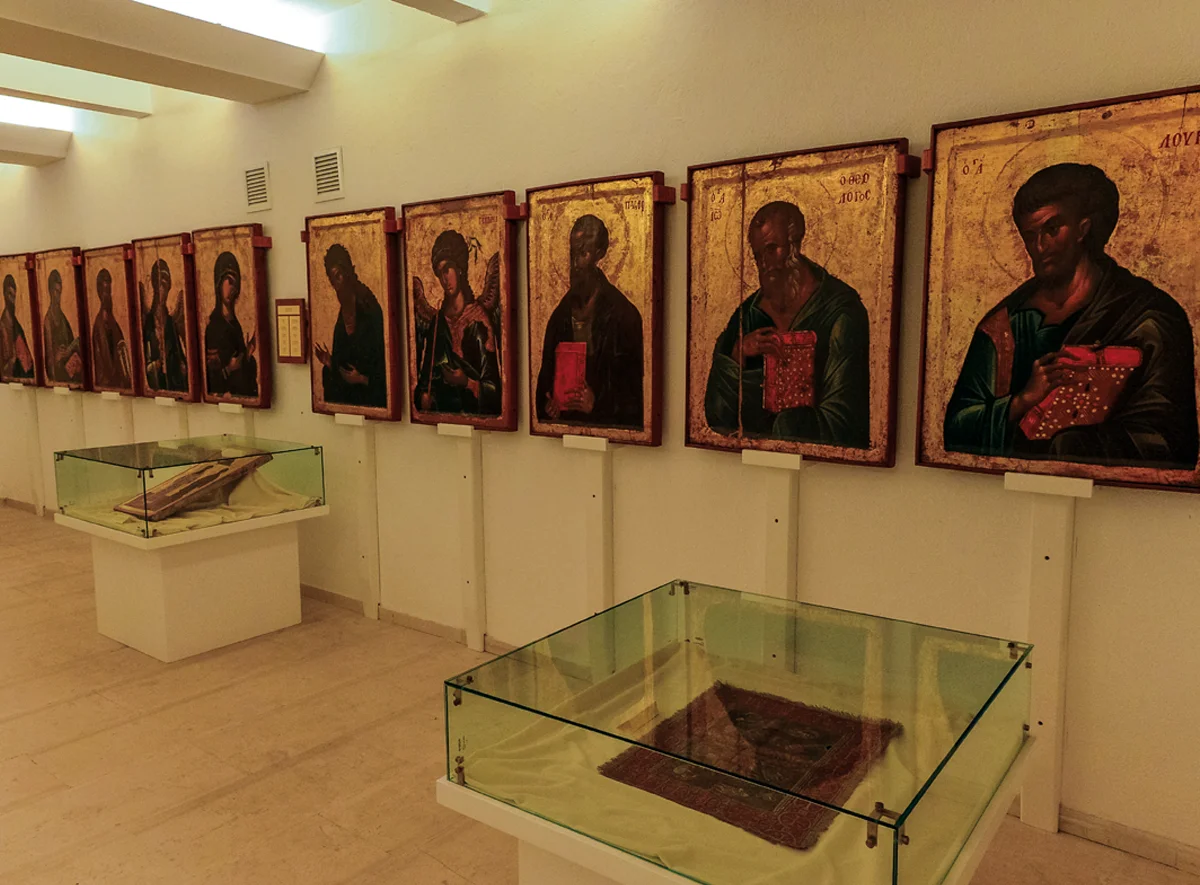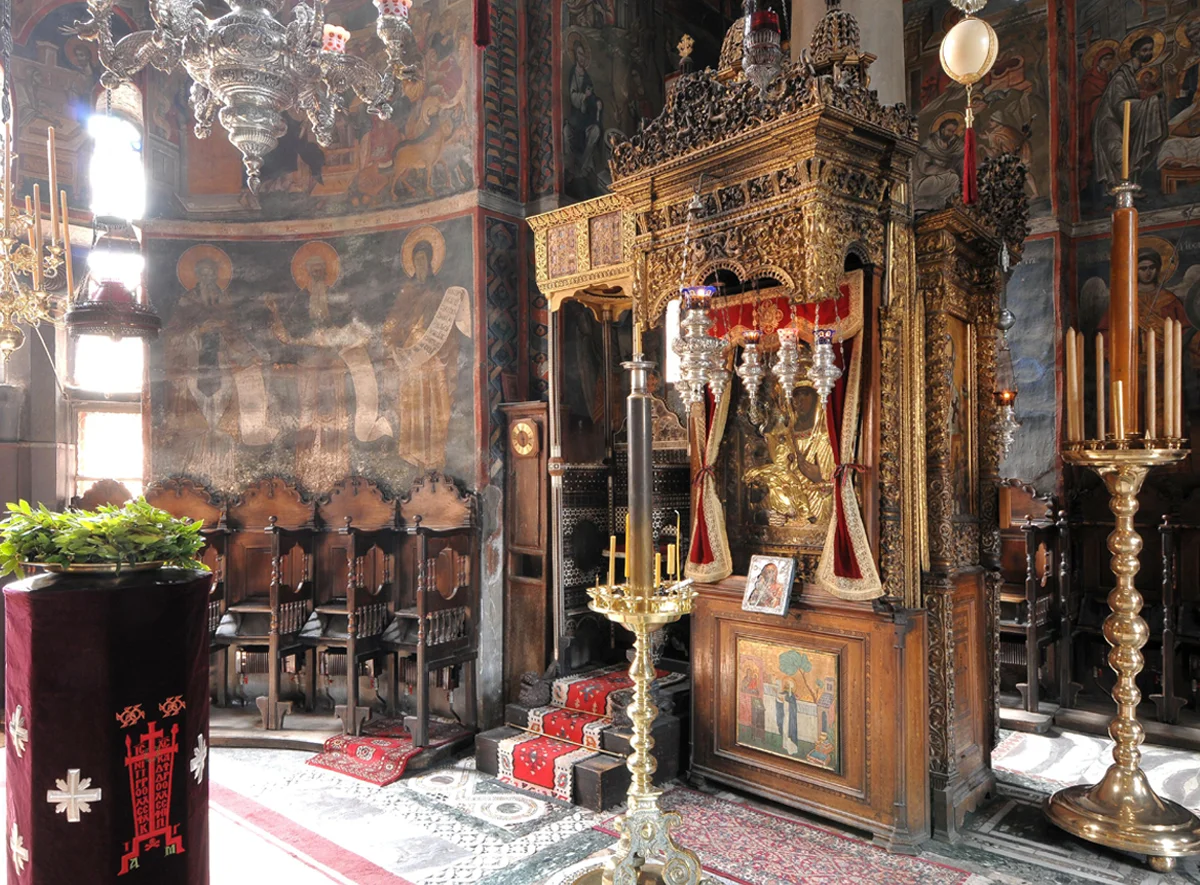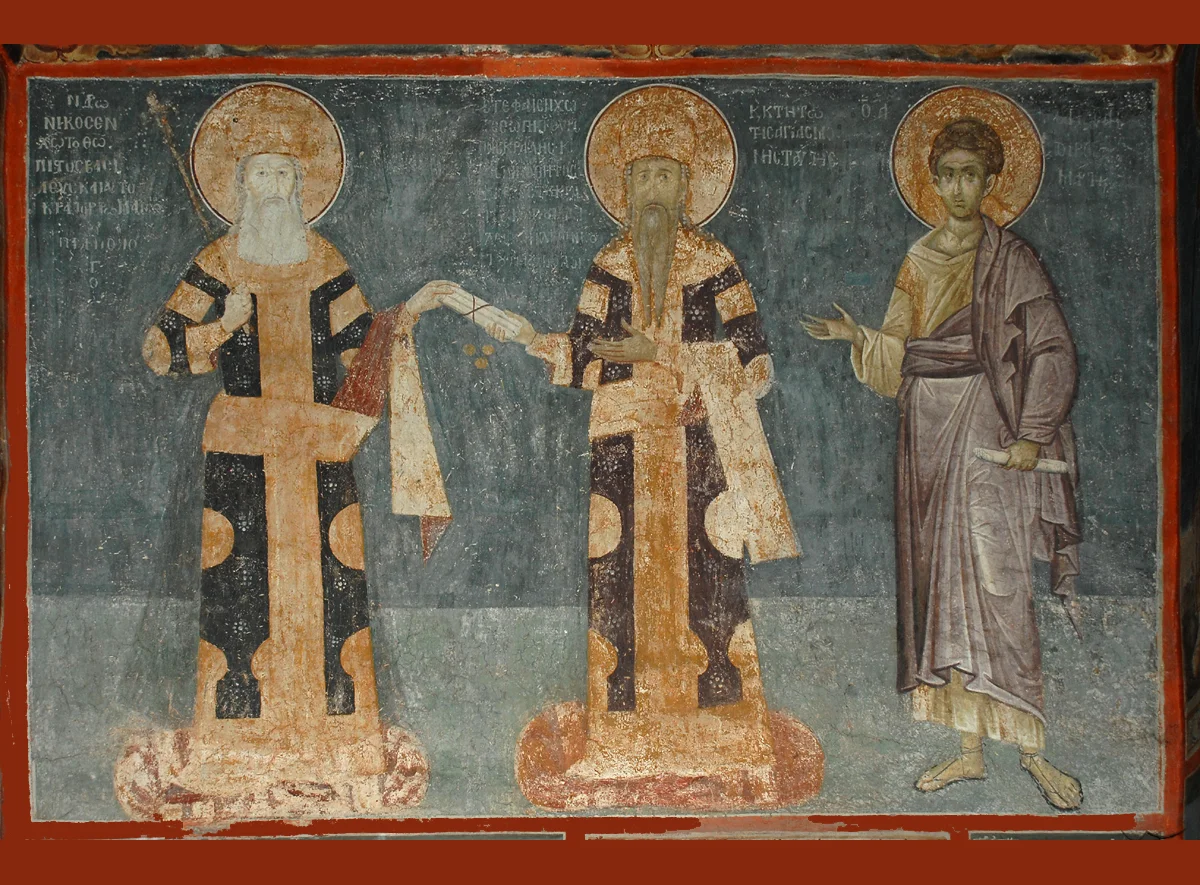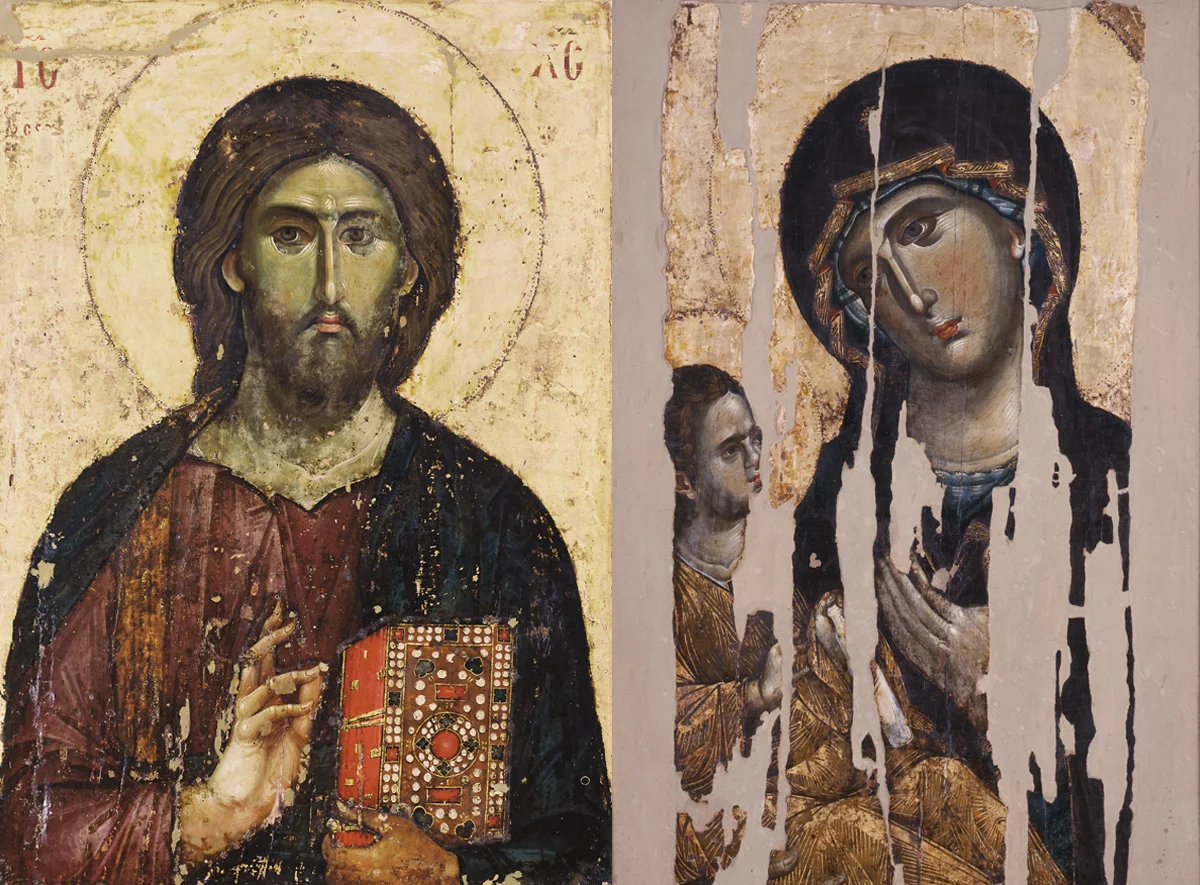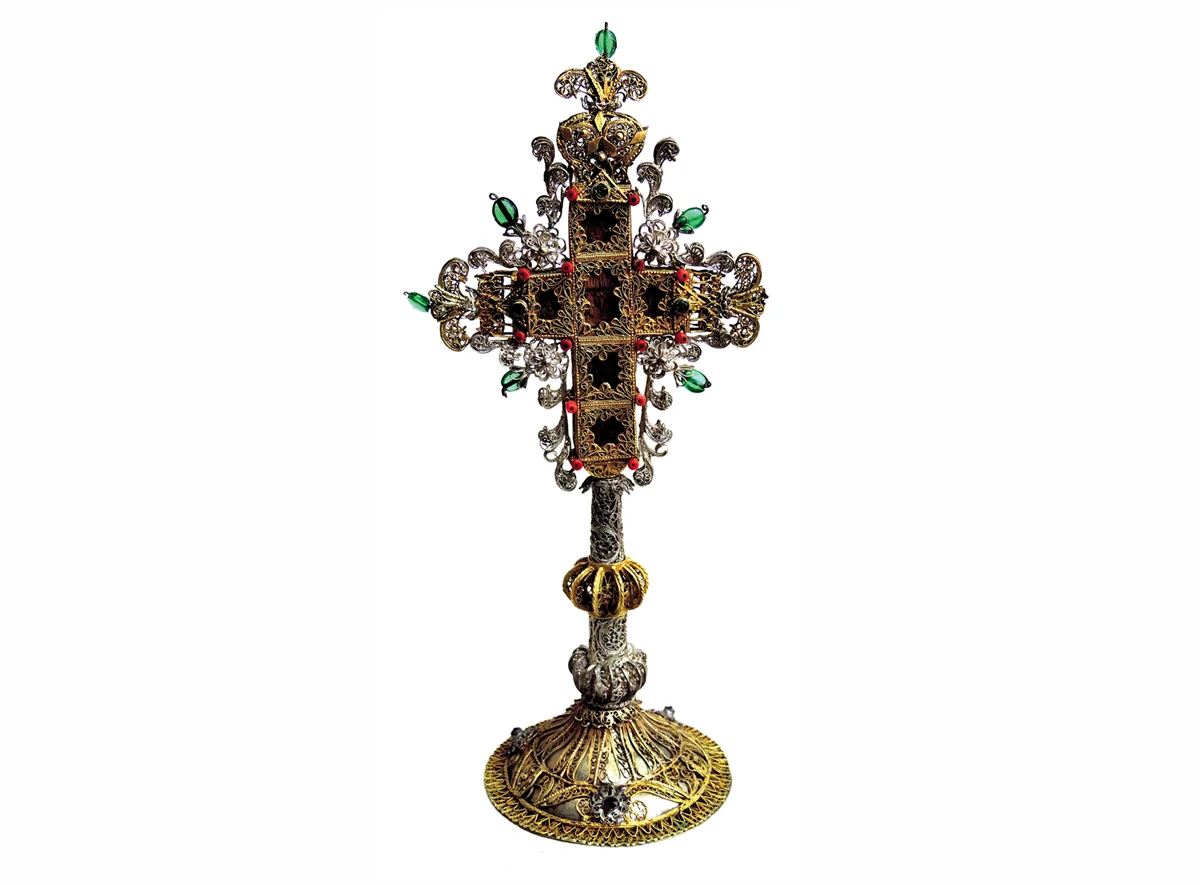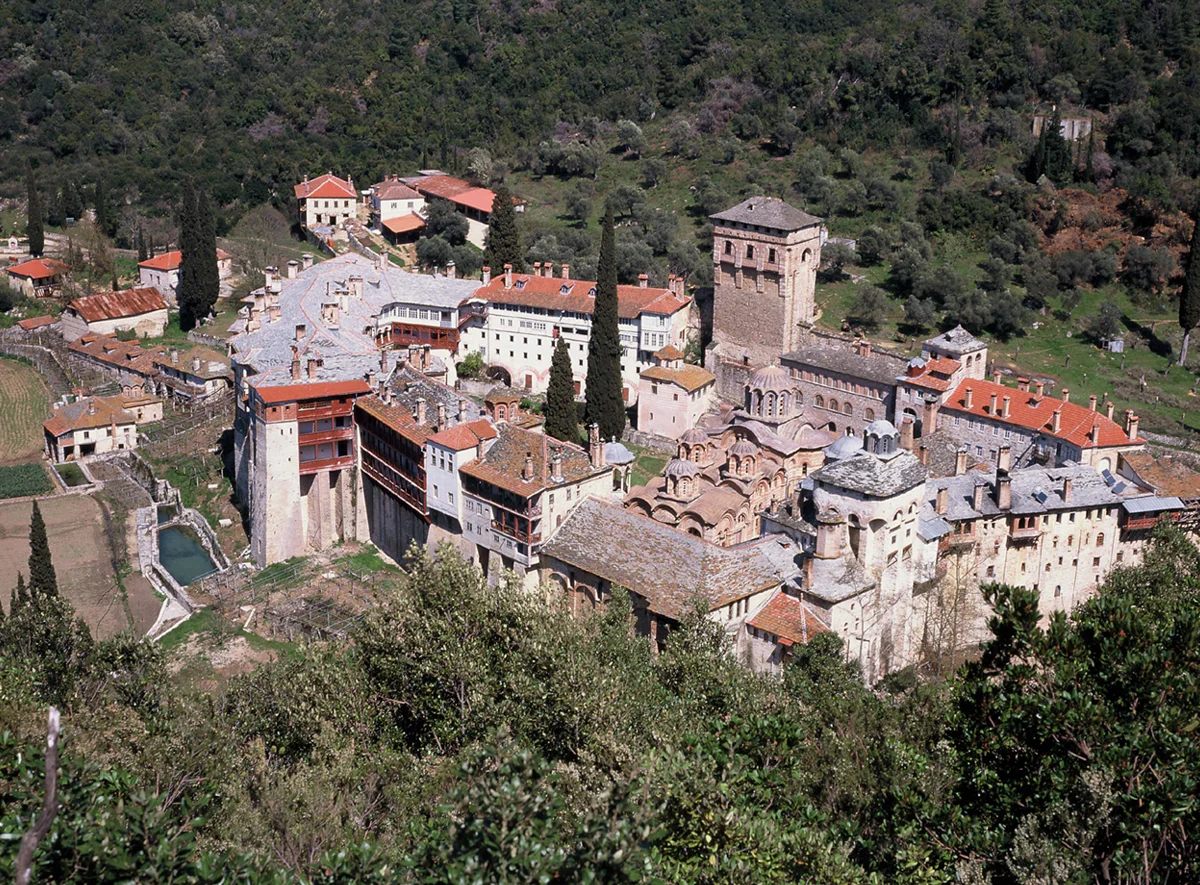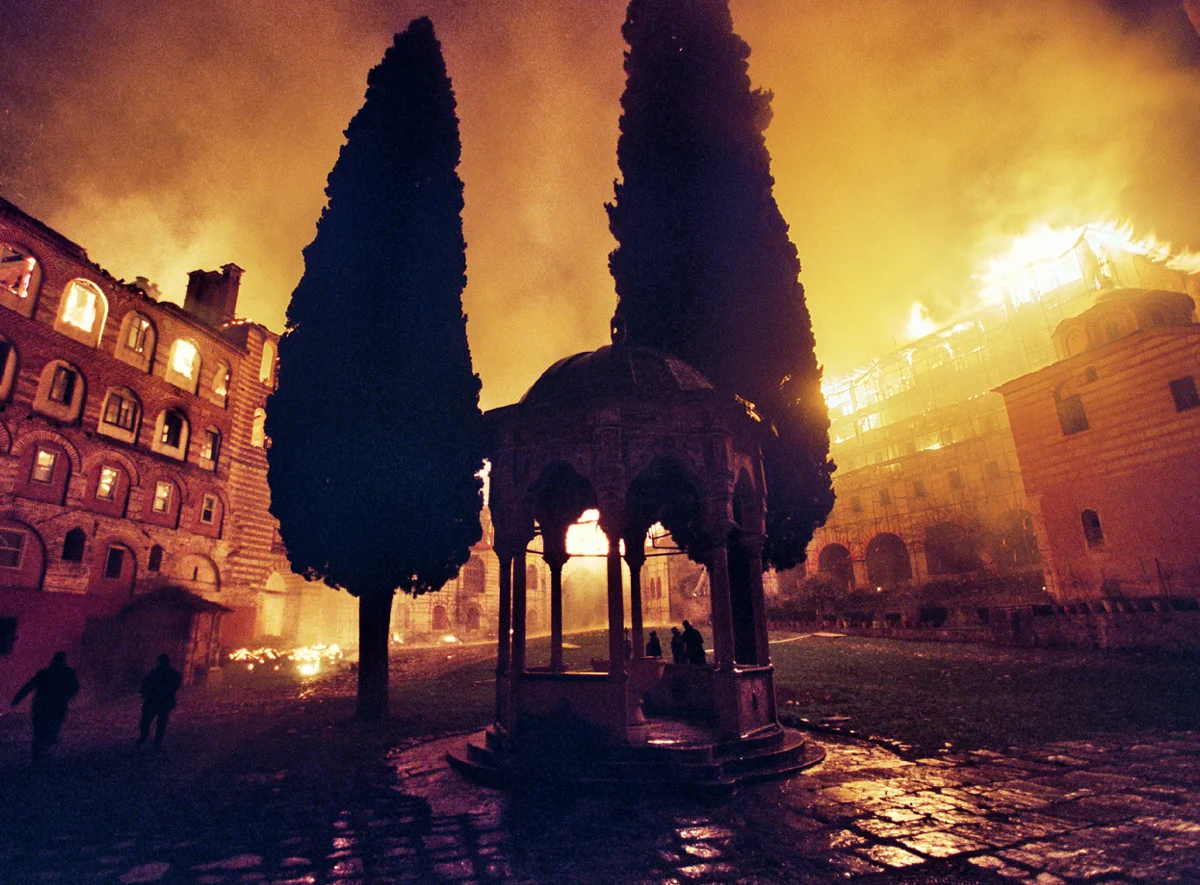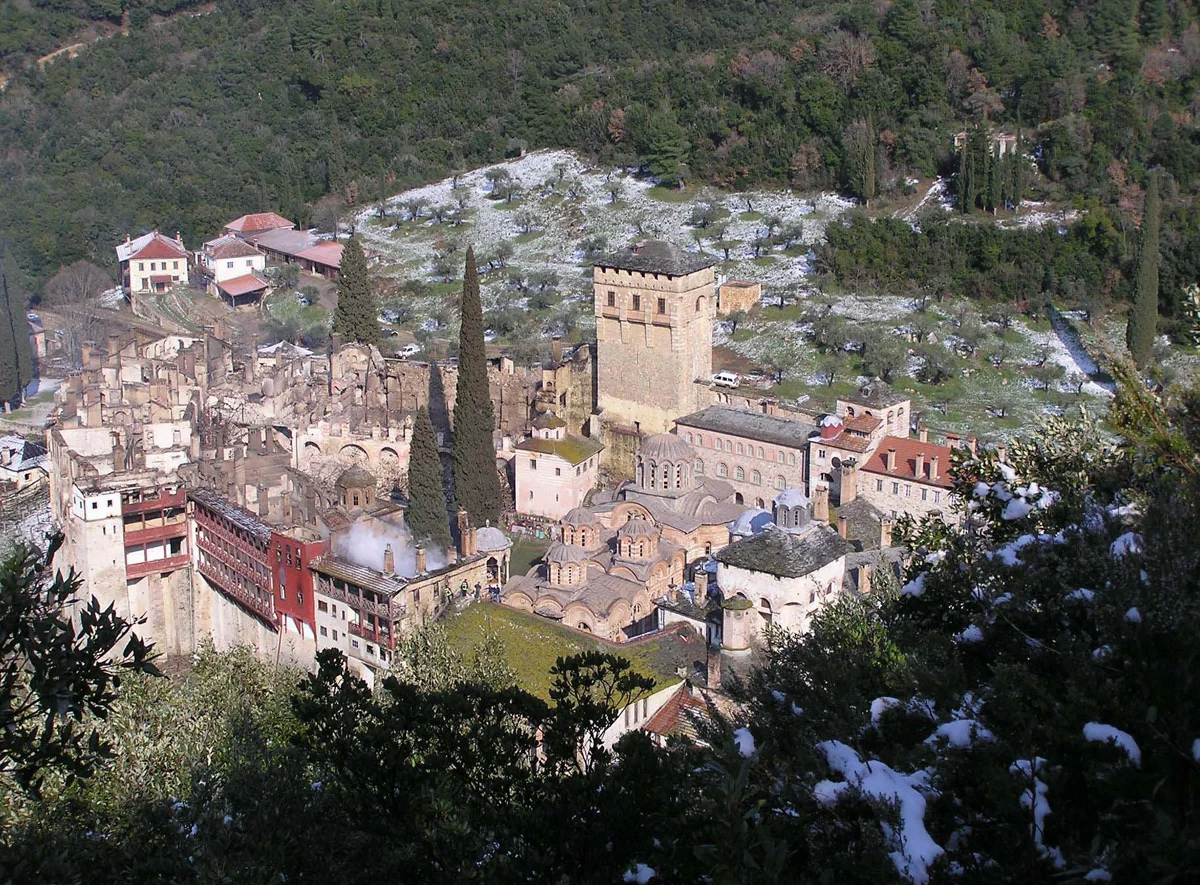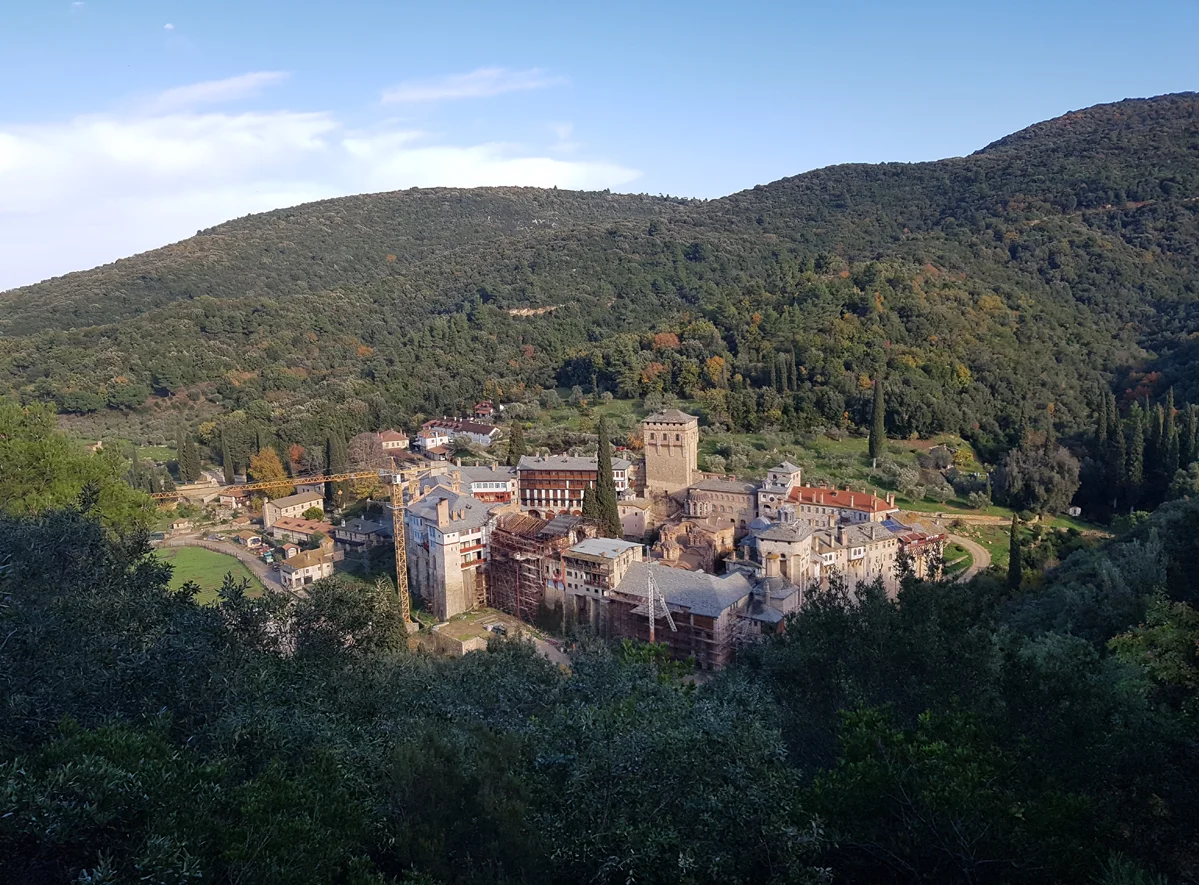The Hilandar Monastery
Mount Athos has always been a panorthodox multinational community, and all monks enjoy citizenship of Hellenic Republic, although when concerning the ethnic background of the founders and monastic brotherhoods, in relation to the identity of the founders and monks, it can be said that of the twenty monasteries, seventeen are Greek and three are Slavic.
Of these, Hilandar Monastery is a Serbian monastery. Hilandar was founded in the year 1198. Monk Simeon, the former ruler of Serbia (under the name Stefan Nemanja) and initiator of the Nemanjic Dynasty, which was to rule for two centuries, abdicated in favor of his son, Stefan the First-Crowned. Nemanja decided to follow in the footsteps of his youngest son Rastko, who went to Mt. Athos and became a monk under the name of Sava.
Soon after Nemanja joined his son, they pleaded to the Byzantine Emperor Alexios III Angelos for the permission to establish a monastery for those Serbians who would follow the rules of the ascetic life of Athonites. In the form of a golden sealed decree – chrysobull, the emperor granted his permission to father and son to establish a monastery on the site of a former and older monastery, also known as Hilandar. In the document was written that the monastery and surrounding area are “to be gifted to the Serbs in perpetuity”. In 1198, with the financial support of King Stefan the First-Crowned, the foundations were laid for a larger Hilandar to be built.
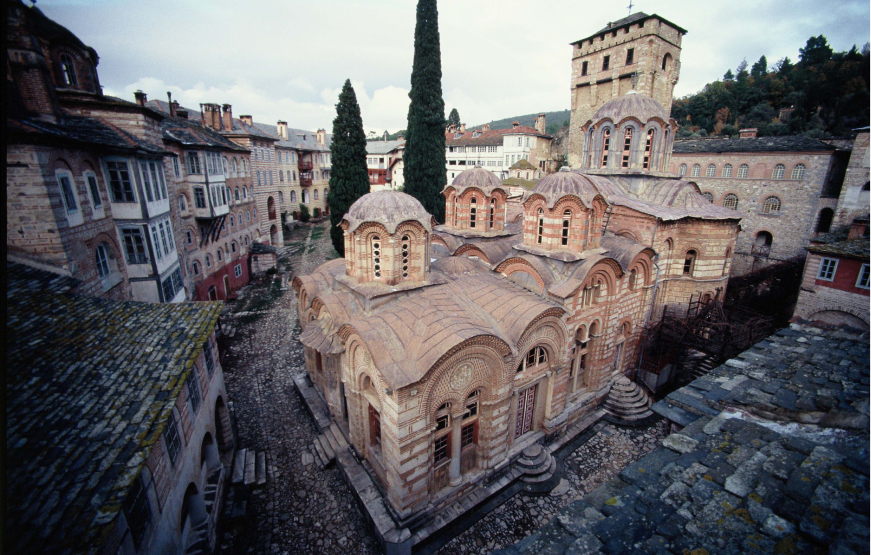
Throughout the centuries, Hilandar was extended several times, more to the north and less to the south. No major building was built until King Milutin came to power. In 1300, he built the church dedicated to the Presentation of the Holy Virgin. This is one of the best preserved and most beautiful churches on the whole of Mount Athos.
Generally, Hilandar looks like a medieval fortress. As various parts were repaired in different eras, the monastery, particularly when viewed from the inner courtyard, is a remarkable conglomeration of different levels and styles.
Monks generally spend a third of their day in services, a third in contemplation and physical labor, and a third resting. On Mount Athos the solar clock is used. In the summer, the first set of daily services begins between 2 – 4 a.m. and continues until the morning. Other services occupy part of the afternoon and early evening.
